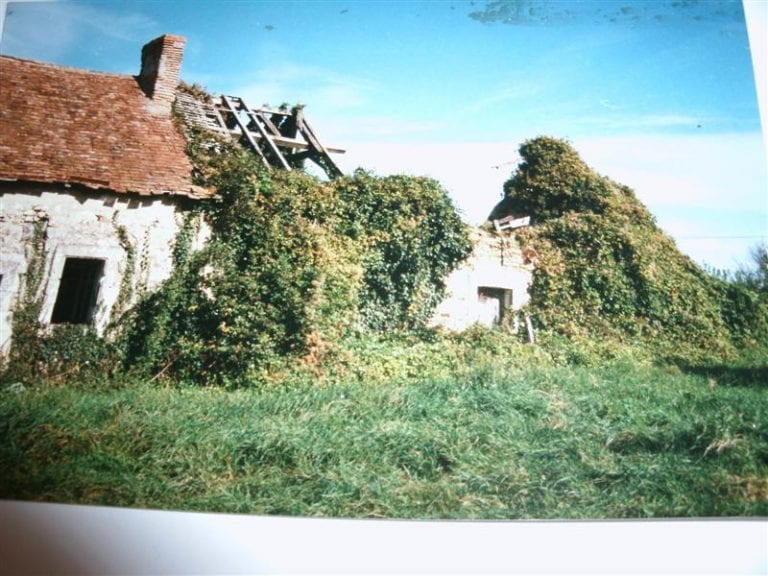Computer Disc Clean up and Defragging
 Many of us run computers and have no idea on how to keep them running smoothly.
Many of us run computers and have no idea on how to keep them running smoothly.
https://support.microsoft.com/en-gb offers a search box in which you type in your operating system and whether its Disc Cleanup or Defragment you wish to run and will give you detailed instructions on how to find the programme on your computer and how to use it. Most of the information below has been extracted for you.
Disc CleanUp and Defragment are a monthly chore and can take some time….so be patient.
How To Disc Clean up First on the different operating systems.
Windows Vista
Open Disk Cleanup by clicking the Start button Picture of the Start button, clicking All Programs, clicking Accessories, clicking System Tools, and then clicking Disk Cleanup.
In the Disk Cleanup Options dialog box, choose whether you want to clean up your own files only or all of the files on the computer. Administrator permission required If you are prompted for an administrator password or confirmation, type the password or provide confirmation.
If the Disk Cleanup: Drive Selection dialog box appears, select the hard disk drive that you want to clean up, and then click OK.
Click the Disk Cleanup tab, and then select the check boxes for the files you want to delete.
When you finish selecting the files you want to delete, click OK, and then click Delete files to confirm the operation. Disk Cleanup proceeds to remove all unnecessary files from your computer.
Windows 7
To delete files using Disk Cleanup
The following procedure cleans up files associated with your user account. You can also use Disk Cleanup to clean up all the files on your computer.
Open Disk Cleanup by clicking the Start button Picture of the Start button. In the search box, type Disk Cleanup, and then, in the list of results, click Disk Cleanup.
In the Drives list, click the hard disk drive that you want to clean up, and then click OK.
In the Disk Cleanup dialog box, on the Disk Cleanup tab, select the check boxes for the file types that you want to delete, and then click OK.
In the message that appears, click Delete files.
Windows 8 and Windows 8.1
The following procedure deletes files associated with your user account. You can also use Disk Cleanup to delete system files on your PC.
To open Disk Cleanup from the desktop, swipe in from the right edge of the screen, tap Settings (or if you’re using a mouse, point to the lower-right corner of the screen, move the mouse pointer up, and then click Settings), tap or click Control Panel, type Admin in the Search box, tap or click Administrative Tools, and then double-tap or double-click Disk Cleanup.
In the Drives list, choose the drive you want to clean, and then tap or click OK.
In the Disk Cleanup dialog, select the checkboxes for the file types that you want to delete, tap or click OK, and then tap or click Delete files.
Windows 10
Warning: If you have upgraded to Windows 10 then do not select the removal of Log files as they have the information of your previous operating system which you may want to refer back to or return to that operating system.
To delete temporary files:
Search for Disk cleanup from the taskbar and select it from the list of results.
Under Files to delete, select the file types to get rid of. To get a description of the file type, select it.
Select OK.
~~~~~~~~~~~~~~~~~~~~~~~~~~~~~~~~~~~~~~~~~~~~~~~~~~~~~~~~~~~~~~~~~~~~~
We then need to Defragment
In Windows Vista
Open Disk Defragmenter by clicking the Start button Picture of the Start button, clicking All Programs, clicking Accessories, clicking System Tools, and then clicking Disk Defragmenter. Administrator permission required If you are prompted for an administrator password or confirmation, type the password or provide confirmation.
Click Defragment Now.
Disk Defragmenter might take from several minutes to a few hours to finish, depending on the size and degree of fragmentation of your hard disk. You can still use your computer during the defragmentation process.
In Windows7
To defragment your hard disk
Open Disk Defragmenter by clicking the Start button Picture of the Start button. In the search box, type Disk Defragmenter, and then, in the list of results, click Disk Defragmenter.
Under Current status, select the disk you want to defragment.
To determine if the disk needs to be defragmented or not, click Analyze disk. Administrator permission required If you’re prompted for an administrator password or confirmation, type the password or provide confirmation.
Once Windows is finished analyzing the disk, you can check the percentage of fragmentation on the disk in the Last Run column.
Click Defragment disk. Administrator permission required If you’re prompted for an administrator password or confirmation, type the password or provide confirmation.
Disk Defragmenter might take from several minutes to a few hours to finish, depending on the size and degree of fragmentation of your hard disk. You can still use your computer during the defragmentation process.
In Windows 8.
Disk Defragmenter has now been changed to Optimize Drives. Not really sure why the name changes were necessary, but if you’re looking for something in Windows 8 and can’t find it, it’s probably because the name has changed.
In Windows 8, you can open the Charms bar(top right hand side of your screen) and search for Optimize Drives. Luckily, you can still search disk defragmenter and it will load the correct feature.
You can also get to the Optimize Drives feature by going to My Computer, selecting a drive, clicking on the Manage tab and then clicking on the Optimize button. This will bring up the Optimize Drives dialog box where you will see a list of your drives and their current status (% fragmented).
In Windows 8, the drives are automatically scheduled for optimization on a weekly basis. You can manually optimize or defragment a drive in Windows 8 by selecting it and then clicking on the Optimize button. This will start the defrag process manually and you’ll see that Windows 8 does two passes to relocate fragmented data on the hard drive. You can also click the Analyze button to quickly update the percent fragmented value.
If you want to change the automatic optimize schedule, click on Change settings. You can either remove the schedule so that automatic defragmentation is turned off or you can change it from weekly to daily or monthly. You can also choose all drives or a specific drive to change the schedule for. Lastly, if you click the Choose button, you can change whether you want new drives to automatically be scheduled for optimization also or not.
In Windows 10
Open the Start menu on the bottom-left side of the screen, click on the search bar and type in “defrag”. “Defragment and optimize your drives” will pop up. Click on this.
A window will appear with details about your hard disk drive (or drives if you have more than one), along with options to Analyze and Optimize these drives.
Analysing the drives will tell you how fragmented the drives are, and advise whether or not you need to optimise it.
If you decide to defrag a drive, click “Optimize”. This can take anywhere between a few minutes to several hours depending on how fragmented your drive is, but you’ll still be able to use your PC while it’s underway.
If you want to change when scheduled optimisations are due to happen, click on “Change settings”. Here you can modify the frequency as well as which drives are defragged. By default this will happen on a weekly schedule, but there are also options for daily and monthly optimisations.
Guest article by @Liz








Good information